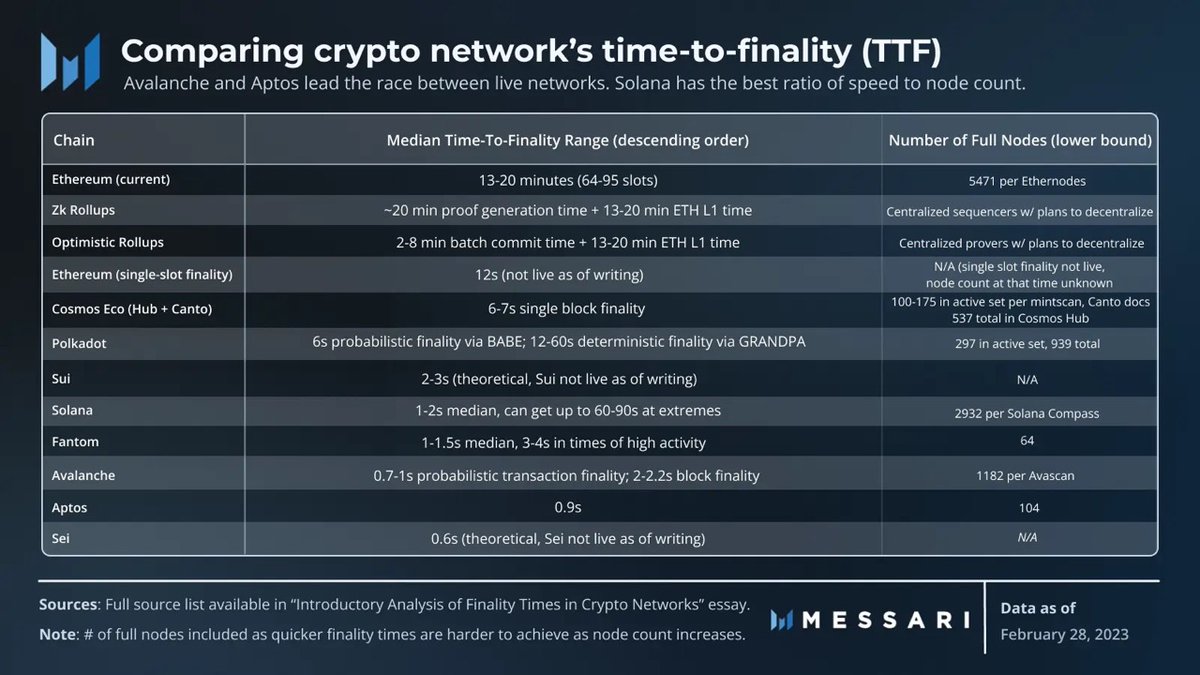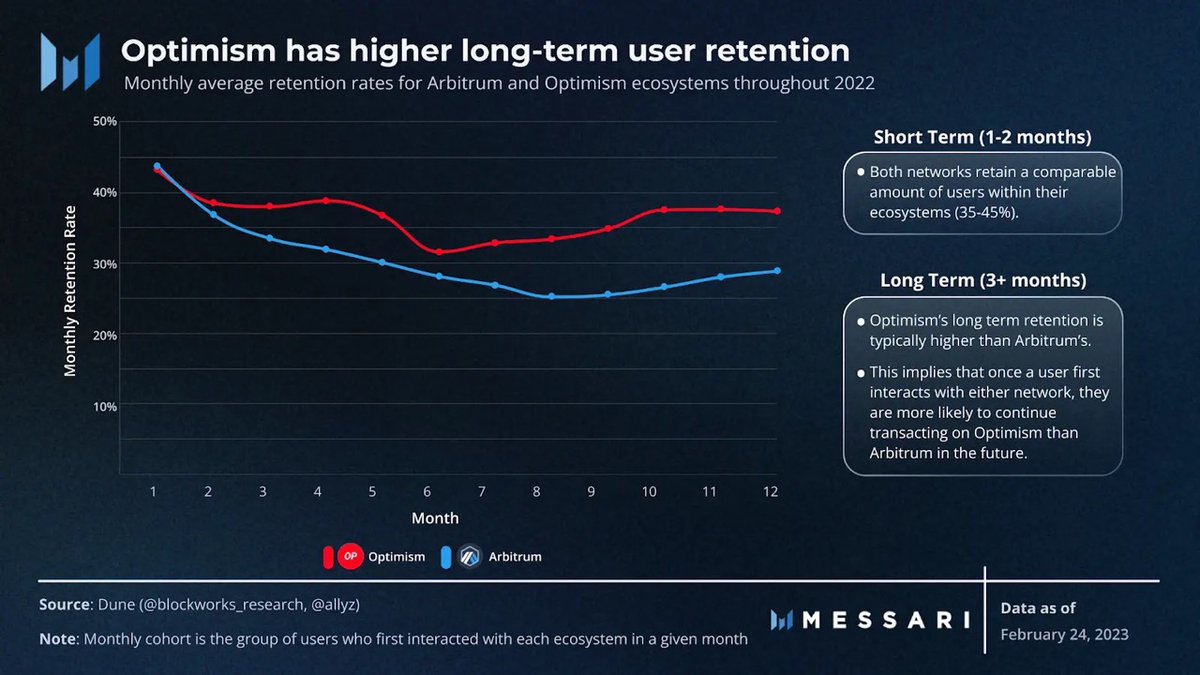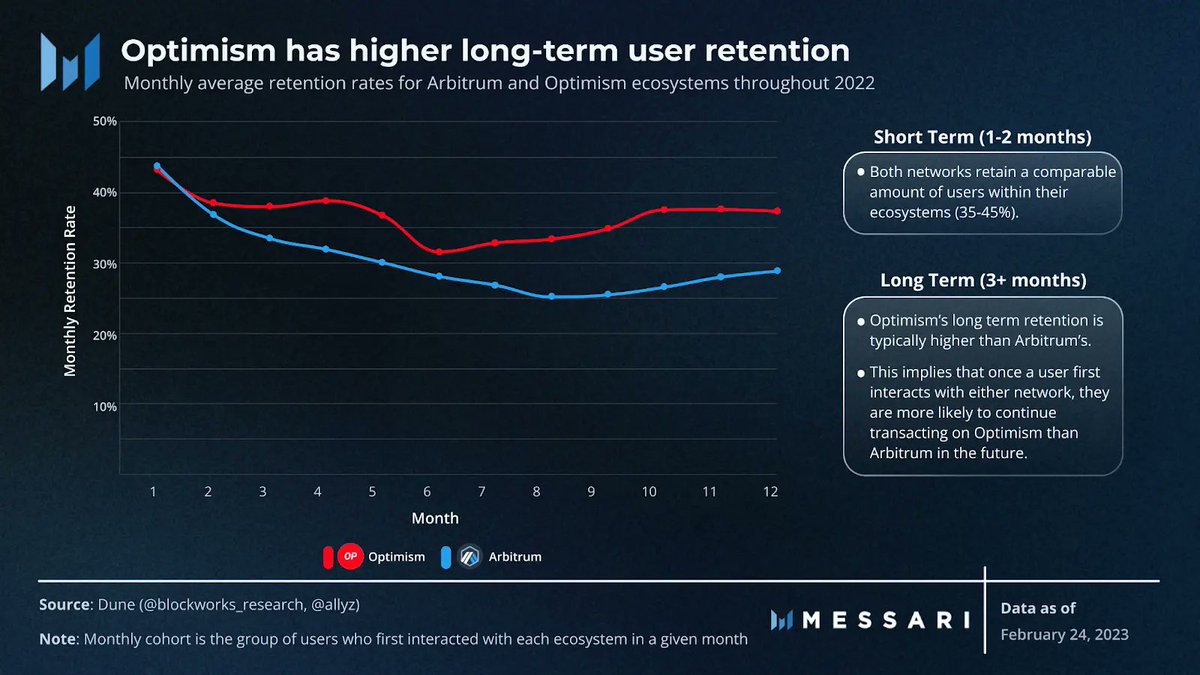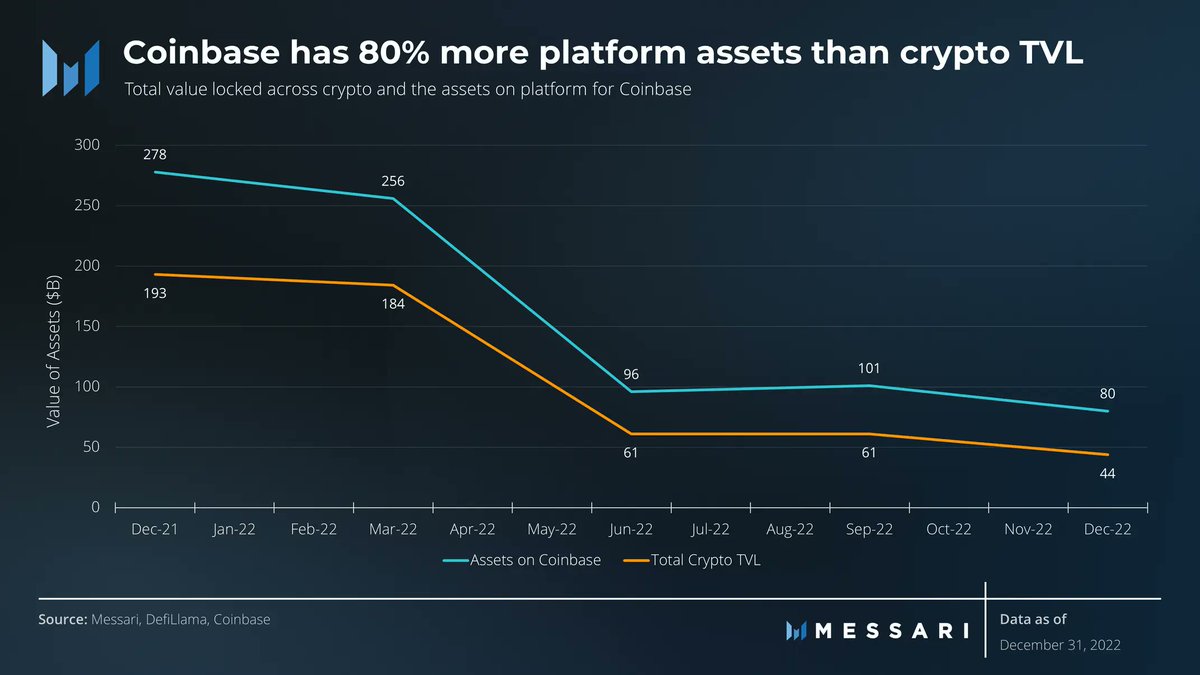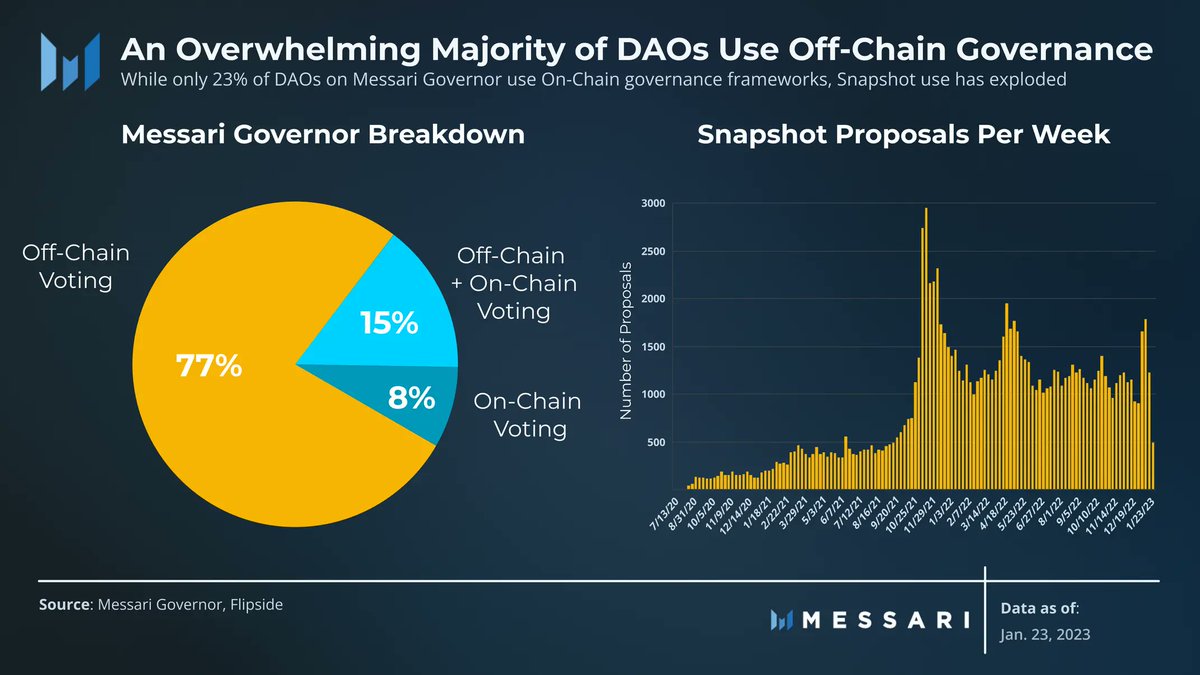
1/ Once considered one of the most promising developments in the L1 space, #EOS failed to live up to early expectations.
Under the direction of the @EOSnFoundation, #EOS has found new life with plans for a consensus mechanism upgrade, EVM solution, & a renewed growth strategy.🧵
Under the direction of the @EOSnFoundation, #EOS has found new life with plans for a consensus mechanism upgrade, EVM solution, & a renewed growth strategy.🧵

2/ Let's start by looking at the #EOS's tech stack.
~Consesus
#EOS is a Byzantine Fault Tolerance (BFT) based blockchain that uses the Proof-of-Stake (PoS) variant Delegated PoS (DPoS), allowing $EOS token holders to delegate their tokens to block producers (BPs).
~Consesus
#EOS is a Byzantine Fault Tolerance (BFT) based blockchain that uses the Proof-of-Stake (PoS) variant Delegated PoS (DPoS), allowing $EOS token holders to delegate their tokens to block producers (BPs).
3/ ~Computation
#EOS currently writes smart contracts in C++, with SDKs for Rust, Go, and AssemblyScript.
Developer teams are also building an EVM solution that supports Solidity.
#EOS currently writes smart contracts in C++, with SDKs for Rust, Go, and AssemblyScript.
Developer teams are also building an EVM solution that supports Solidity.
4/ ~Computation cont.
#EOS resources are typically combined into one gas fee and are separated into their own components.
NET, CPU, and cover the bandwidth costs of the network. While RAM allows users to pay for the costs associated with account data storage.
#EOS resources are typically combined into one gas fee and are separated into their own components.
NET, CPU, and cover the bandwidth costs of the network. While RAM allows users to pay for the costs associated with account data storage.
5/ ~Accounts
EOS accounts have two different types of keys:
+Owner keys add, remove, and manage active keys. Each account has one owner key
+Active keys sign transactions. Each account can have many active keys
Owner keys can also set up active keys with custom permissions.
EOS accounts have two different types of keys:
+Owner keys add, remove, and manage active keys. Each account has one owner key
+Active keys sign transactions. Each account can have many active keys
Owner keys can also set up active keys with custom permissions.
6/ ~Antelope IBC
@AntelopeIO IBC recently launched on #EOS mainnet, allowing Antelope-based blockchains to securely communicate with each other and scale horizontally.
@AntelopeIO IBC recently launched on #EOS mainnet, allowing Antelope-based blockchains to securely communicate with each other and scale horizontally.
7/ ~Tokenomics
#EOS Network’s native token $EOS is used for security (validator and delegator staking) and resource allocation (CPU, NET, and RAM fees).
As it stands, EOS inflates at a 3% yearly rate with no burn mechanism.
#EOS Network’s native token $EOS is used for security (validator and delegator staking) and resource allocation (CPU, NET, and RAM fees).
As it stands, EOS inflates at a 3% yearly rate with no burn mechanism.

8/ ~Network Activity
Year-to-date, the network is averaging 1.3 million daily transactions and 38,000 daily active addresses.
#EOS is averaging 1,785 new addresses per day, a decline from 2022 (over 2,600) and 2021 (almost 13,000).
Year-to-date, the network is averaging 1.3 million daily transactions and 38,000 daily active addresses.
#EOS is averaging 1,785 new addresses per day, a decline from 2022 (over 2,600) and 2021 (almost 13,000).

9/ Daily active addresses across all EOS dapps declined in 2022, which aligns with the broader shift from the crypto bull to bear market. 

10/ For an in-depth look at the work @EOSnFoundation has done to revive #EOS, a look at the protocol's background, tech stack, network and ecosystem activity, and roadmap for the future, check out the FREE Protocol Overview from @ph0rt0n.
messari.io/article/eos-a-…
messari.io/article/eos-a-…
Subscribe to the Unqualified Opinions newsletter for world-class research from the Messari analysts, straight to your inbox!
messari.io/newsletter?utm…
messari.io/newsletter?utm…
• • •
Missing some Tweet in this thread? You can try to
force a refresh






